20+ Years Experience
Specialist Telehandler Hire
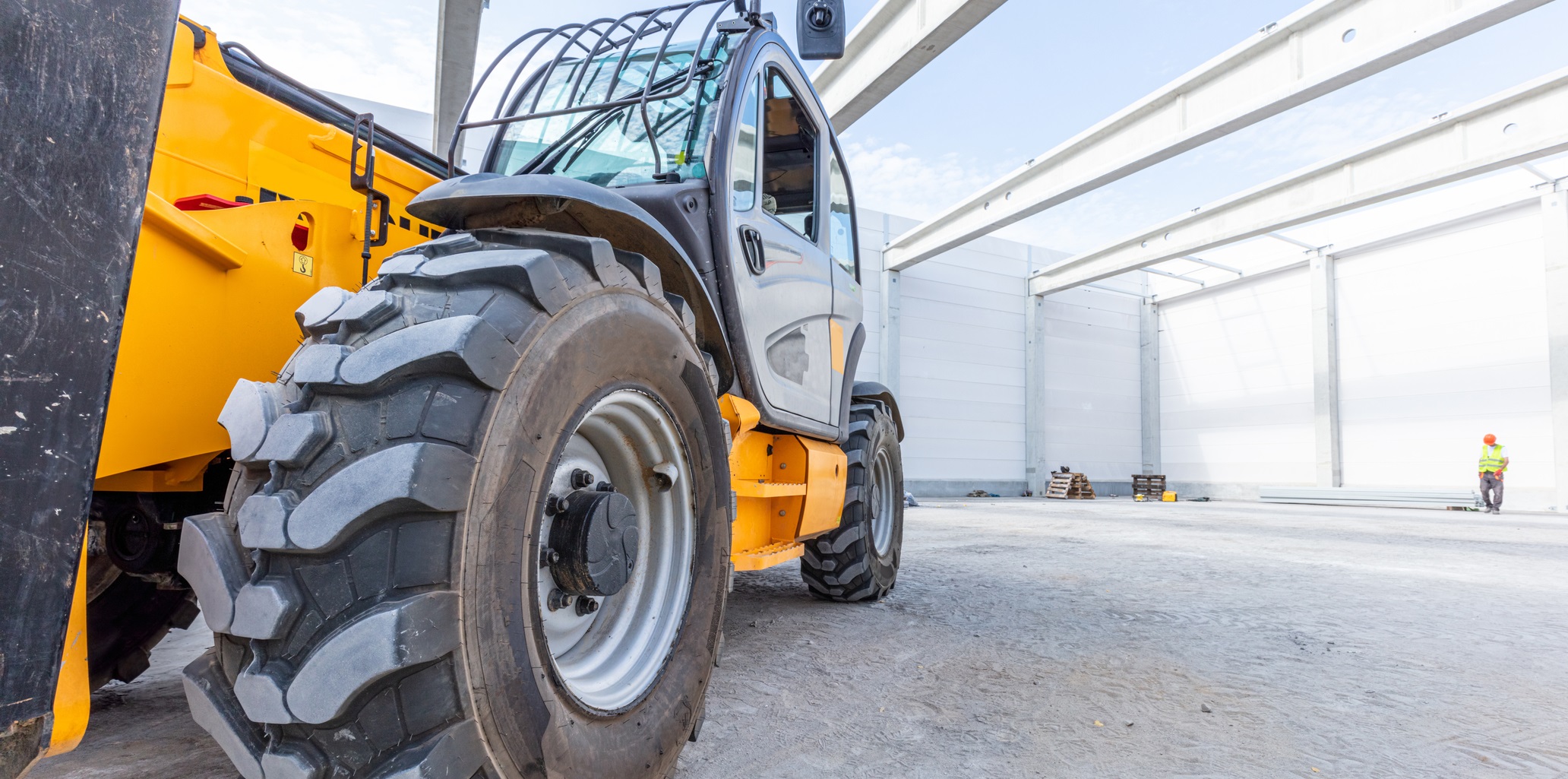
Enquire Today For A Free No Obligation Quote
If your job requires you to lift and move large, heavy loads, you’re probably familiar with telehandlers. These powerful machines, equipped with forks and a hydraulic arm, are the unsung heroes of many a construction or agricultural project. Whether you’re loading onto a truck, hay stacking, or manufacturing parts, chances are you’ll benefit from having a telehandler at your disposal. Choosing the right one for your job is critical, so let’s break down what it takes to find the perfect fit. From necessary features to powertrain options and more, this guide will help you select the machine that is most suited for your needs. Let’s get started!
When selecting a telehandler for a job, there are several factors to consider, such as maximum lift weight and height, reach distance, and type of attachment. Additionally, it is important to consult with an industry specialist who can recommend the best machine for your specific requirements.
Before you consider buying or leasing a telehandler, it’s important to take some time to define exactly what your job requires from the equipment. What kind of jobs will the telehandler do? How frequently and under what conditions will the machine be used? What type of environment is it for? What are your budget constraints? Answering these questions can help you make a more informed decision about which type of telehandler best suits your needs.
For example, let’s say you’re using a telehandler for construction purposes. In that case, you’ll likely need a machine with superior lifting capacity and reach. Depending on the size of your job site, it might be wise to choose a four-wheel drive model or one with articulated steering for better manoeuvrability. Alternatively, if you just need to move pallets between warehouse locations, then a more basic, two-wheel drive model might suffice for the task.
Ultimately, deciding which telehandler to purchase or lease comes down to balancing performance and cost effectiveness. A powerful machine with Diesel engine and advanced features may get the job done quicker but it also comes with a hefty price tag. Weighing the short term costs versus long term benefits can help make this decision easier.
With your job requirements clearly defined in mind, it’s now time to move on to weighing the cost of purchasing or leasing a telehandler.
When it comes to choosing a telehandler, cost is undeniably one of the key considerations. On one hand, there is a clear need to choose something that fits your budget and won’t break the bank. On the other hand, you want to make sure that you are investing in quality and that the machine will meet your needs and perform well for many years with regular maintenance. To strike the right balance between cost and quality, it’s important to do your research.
There is no single right answer when it comes to weighing the cost of telehandlers. Factors like the size and power requirements of your job and whether or not you need specialised features should all be taken into account. If you plan on using the equipment long term, an initial higher price tag may be more cost effective in the long run due to reduced upkeep costs. Conversely, opting for something less expensive may make sense if occasional use or smaller jobs don’t require higher end models. Whatever decision fits best for you, be sure to consider both short term and long term costs associated with purchasing and operating the machine. Additionally, always carefully inspect any used equipment before making a purchase to ensure its condition meets manufacturer specifications.
Now that you’ve taken cost into consideration, it’s time to move onto looking at different models and manufacturers of telehandlers before ultimately making a purchase decision.
When choosing the right telehandler for your job, one of the most important considerations is which model and manufacturer you select. Different models may have various features that make them more or less suitable for certain tasks; similarly, different manufacturers may specialise in certain functions, making their products more ideal for certain jobs.
When assessing a telehandler’s model, consider how to apply it to your planned use cases. Some models are designed specifically for heavy-duty applications such as construction, while others focus on lighter-duty agricultural tasks. Are you looking for increased reach or a longer lift? Do you need greater visibility for indoor applications? If so, there are specific models that offer those capabilities.
Manufacturer is an equally important factor when selecting a telehandler. Consider both global and local companies that have built reputations for producing reliable machines with a long lifespan. Other companies may offer lower prices than their larger competitors but may come with different levels of quality control or customer service. When studying potential manufacturers, examine their ratings among other users and reviews of past telehandlers they’ve produced.
Lastly, be aware that many manufacturers have multiple series of models available. Read up on each series within a company to understand what additional features they provide. With the right analysis and research, you can confidently choose the best telehandler and manufacturer combination suited to your needs.
Now that you know how to select both the right model and manufacturer of telehandler, let’s move on to evaluating features in comparison with each other: next, we’ll compare the features between different models and manufacturers to ensure you find the perfect fit.
Comparing the features of telehandlers is essential to finding the perfect fit for your job. It begins by evaluating factors such as power source, lifting capacity, maximum reach, load-sensing safety system, operator visibility, comfort and ergonomic design.
When it comes to selecting a power source, consider if gas, diesel or a hybrid will best suit your needs. Gas engines are typically lighter and easier to manoeuvre, but may not be suitable for complex job sites or areas with high levels of dust and moisture. Diesel engines offer extra torque at low speeds while hybrid engines offer more fuel efficiency.
The next factor to consider is the lifts’ capacity and maximum reach. Smaller models may only have an operating height of up to 6 metres while larger models can handle up to 12 metres in height. Reach may also be an important factor as some telehandlers can reach up to 17 metres horizontally, making them suitable for larger jobs that require a greater range of motion.
Safety features such as load-sensing systems and back-up alarms should also be taken into account. Load-sensing systems use sensors that detect when the machine is overloaded and automatically reduce its speed or stop the lift to avoid an accident. Back-up alarms warn operators if they are driving in reverse too quickly or too close to a fixed object. Both of these features ensure operator safety from both oncoming hazards and possible overloads.
Operator visibility is also key when looking at different models. Some manufacturers provide cabins with 360 degree views, which is advantageous on complex construction job sites where the operator has multiple tasks and requires a clear view of their surroundings. Operator comfort should be considered too — look for machines with adjustable seats, ergonomic designs and temperature control for hot climates that can reduce fatigue over long shifts.
By comparing the features carefully you can weigh efficient, safe operation against cost considerations to find the right telehandler for your job site’s requirements. With this information in mind, it’s time to focus on choosing the right capacity and reach; this section will provide you with insider tips on how to make the most out of your telehandler purchase.
When it comes to choosing the right telehandler for your job, capacity and reach are two of the most important considerations. It is essential to select a telehandler with an adequate lift capacity and height. Too much or too little in either way can be inefficient and potentially dangerous.
Capacity refers to how much a telehandler weighs when it is fully loaded, including any attachments. Choosing the right capacity for your job requires knowledge of the materials you need to lift, their approximate weight, and whether or not you will be lifting them in groups or individually. To ensure safety, it is best practise to select a telehandler that has a capacity greater than what is needed as this will add a safety margin.
Reach describes the overall lift height of the telehandler itself, as well as its horizontal reach from side to side and front to back. The higher the reach, the more tasks that can be completed without having to reposition the machine. When selecting a telehandler for your job, it is important to consider how high you plan on reaching, particularly if you are working on multi-level structures or tall buildings.
Choosing the right capacity and reach is a balancing act, requiring careful consideration and research into all of your telehandler needs before making a purchase. It also pays off to look at attachments beyond just load size that may be available in order to maximise the functionality and performance of your machine.
The next section will look at how the right attachments can help extend capabilities by providing versatility and flexibility for different tasks.
Choosing the right attachments for your telehandler is a key component of getting the perfect fit for the job it will be undertaking. Attachments can extend the capabilities of the machine and help you tackle different jobs in a variety of ways. When selecting attachments, consider two factors: application and versatility.
When selecting an attachment, always consider what its end-use application is. For instance, people commonly use forks to pick up materials such as pallets and other large items, or buckets to move soil and debris. Make sure that whatever attachment you choose matches the application you need it for, so as to reduce wear on both the attachment and the telehandler itself.
Versatility is also important when selecting an attachment for your telehandler. For instance, if you work in multiple locations with different duties each day, having a versatile bucket can save you from needing more than one attachment. If you are frequently needing to switch between smaller loads requiring high capacity and larger loads that require more space, you may want to go with a fork/hoist combination attachment. This ensures that you have access to both types of functions without needing to change between two different attachments.
No matter which type of attachment you select for your job, always weigh your options carefully and make sure that whatever solution you choose meets all of your needs before making a purchase. Choosing the right attachments can extend the life of your telehandler while ensuring that it performs optimally throughout its service life.
Now let’s move on to discussing how to consider heavy lift height when selecting a telehandler–a critical component of getting just the right fit for your job’s needs.
Understanding the heavy lift height of a telehandler is essential when selecting the right equipment for the job. For some tasks, a telehandler with only a moderately high lift capacity is appropriate. But, for applications such as the placement and positioning of materials on top of tall structures or in higher levels, selecting a machine with the greatest possible lift capacity is critical.
When assessing the best heavy lift height for your needs, there are several important considerations. First, determine the highest point that you need to reach – anything over that should not be considered in your decision. Then, take into account other potential factors, including the weight and size of materials that will be lifted and their distance from the ground before deciding whether an increased lift height is necessary. Furthermore, consider any space restriction in working areas where construction of scaffolding may not be possible.
Ultimately, selecting the correct heavy lift height depends on how much material needs to be transported and how high it must be lifted. Moreover, sufficient head clearance must be taken into account for safe operation. The heavier and higher that loads need to be placed, the more important it will become to find a telehandler suitable for these specific requirements.
Now that we have considered the implications of heavy lift height when choosing the right kind of telehandler for your job, let’s move onto finding the perfect fit in our next section.
Finding the right telehandler for your job is a critical step in ensuring successful work and minimising potential risks, such as accidents or costly downtime. There are many factors that should be taken into consideration when choosing the correct model from the vast array of options available on the market. First, it’s important to consider the type and size of material you will be working with and determine how much lift capacity is needed for each job task. Factors like reach, stability, speed, quality, and brand also need to be weighed against cost in order to find the best match for your project.
When selecting a telehandler for a job, it’s essential to consider the task being completed, as well as its location. For example, if you’re working outdoors in a construction environment and require a machine with increased stability and manoeuvrability, an all-terrain model may be ideal. In contrast, if you’ll be using a machine indoors or in limited space conditions there are several special purpose units that could fit your needs better than an all-terrain one. Ultimately, selecting the right equipment will depend on both the type of job and its environment.
Another important factor when finding the right telehandler is comfort as well as operator safety. Prior to purchase or rental it’s essential that operators try out various models to see which design fits them best personally, since only then can they confidently utilise it to its fullest potential. Many manufacturers offer advanced features such as operator cabs with ergonomic seating systems for added comfort during operation. Additionally, high-visibility mirrors should provide excellent views of what’s happening around the machine so operators can safely position loads within tight workspaces without worry of damage or injury risks.
Power is also necessary for jobs requiring specific performance levels from a machine; however it should not come at expense of full control over movements at any distance. Hydraulic controls ensure ease of operation over large distances in order to maximise accuracy and minimise potential errors which can lead to expensive repairs or downtime.
Finally, machine maintenance is often overlooked but equally important when considering the right telehandler for your job due to its cost implications in labour time and repairs down the line if neglected. Investing in reliable brands known for offering excellent aftercare packages can help keep costs low by allowing access to certified technicians and quality parts around the clock in case of emergency breakdowns or major repairs due to underlying mechanical issues caused by everyday wear on lifting arms and other components subject to force overtime.
Ultimately deciding on which telehandler is right for a specific job will depend on several factors; however careful analysis of each option against varied criteria alleviates any doubts about which model would improve efficiency while staying within budget limits for immediate utilisation or longer term investments.
Yes, there are several important safety considerations to be aware of when using a telehandler. The most important is to always keep the operator cabin and mast within the stability envelope of the vehicle’s centre of gravity. This means that you need to ensure the boom is not extended too far forward or backwards which can cause it to become unstable. Additionally, all attachments must be secured properly and never placed beyond their maximum weight limits as this could also create an unsafe environment. Furthermore, any loads carried on the telehandler must be balanced and centred so as not to affect the stability of the machine. Finally, always wear protective gear when operating or servicing a telehandler and adhere to all local regulations when training operators for telehandler use.
When selecting a telehandler, you should consider all of its features before making your decision. Here are some important factors to consider:
1. Manoeuvrability: Consider the size and weight of the telehandler and how easy it is to move around the worksite. A telehandler with a Compact sized frame would be able to fit into smaller spaces and provide more manoeuvrability in tight areas. Pay attention to whether the telehandler has variable speed feature or not, as this will allow you to control more precisely the speed of the machine on different terrain and add more precision to your work.
2. Reach: Make sure that the lift capacity and reach of the telehandler is suited for the job at hand. Make sure that the telehandler has sufficient clearance between its forks so that it can lift pallets at a wide range of heights, as well as long reaching boom/arm combination that can extend up to 16 metres high if need be.
3. Safety: Many modern telehandlers come with operator-friendly functions that improve operational safety by providing support in controlling load movement and helping prevent any accidents from occurring while using it. Choose models that come with a sensor system that lower the load if it gets too close to an obstruction, as well as ones fitted with audible alarms like the seat belt alert that remind operators when they forget to fasten their safety belt before operating it.
When choosing a telehandler, it’s important to know how much lifting capacity and reach you need. To determine this, you’ll need to consider the types of tasks you’ll be performing as well as the size and weight of the materials or pallets you’re lifting. A good starting point is to evaluate the environment or job site to determine if certain environmental or spatial restrictions limit your options for lifting or moving heavy materials. Then, consider the specifications of potential telehandlers and find one that has sufficient capacity and reach for your needs.
When looking at different telehandlers, it’s important to think about not just the unit’s maximum lift capacity, but also its rated lift capacity — which takes into account factors like the attributes of the object being lifted (such as dimensions and weight), how far it is away from your reach, angles and other safety considerations. Additionally, consider what kind of terrain or obstacles may be present that could impact the handling performance of your chosen unit.
It pays off to do a thorough review of every telehandler and its individual specs before you make a purchase decision, as selecting one unit over another can lead to higher productivity, improved safety on-site, shorter turnaround times and significant cost savings in the long run.
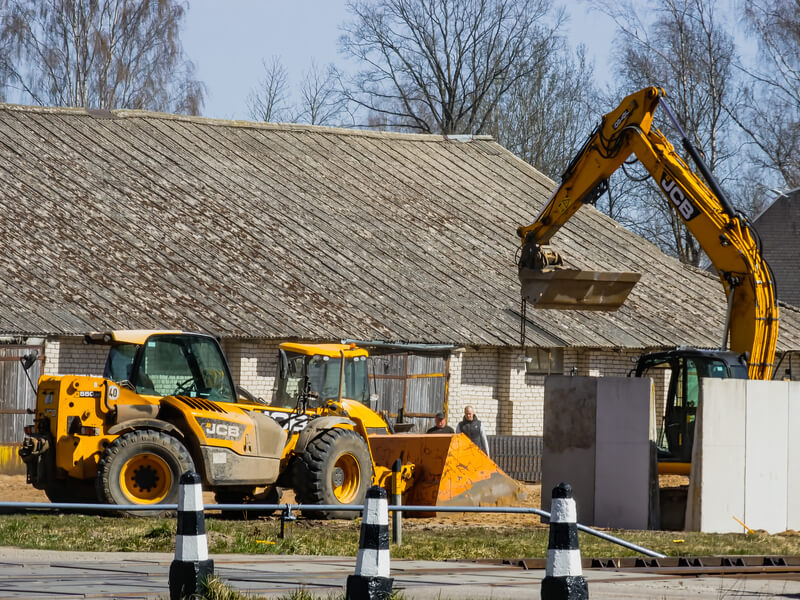
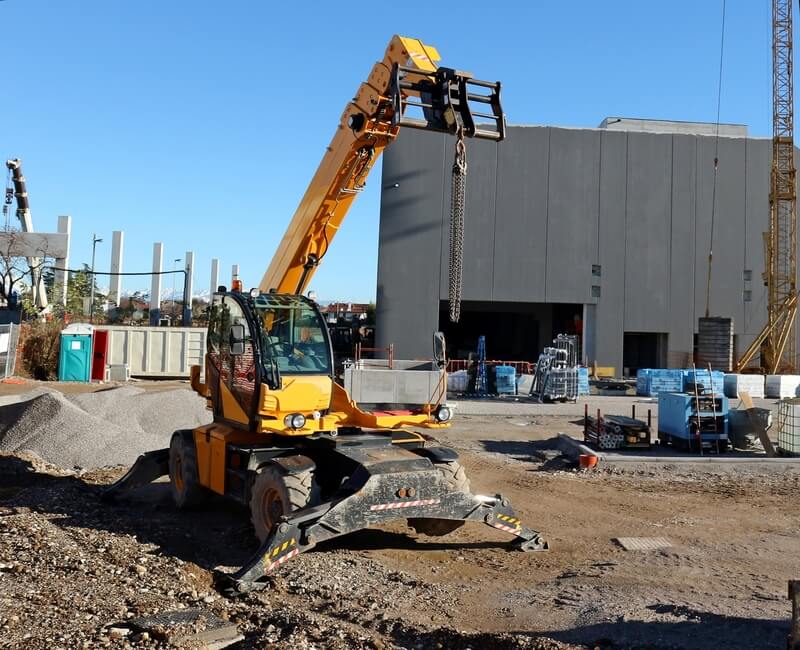
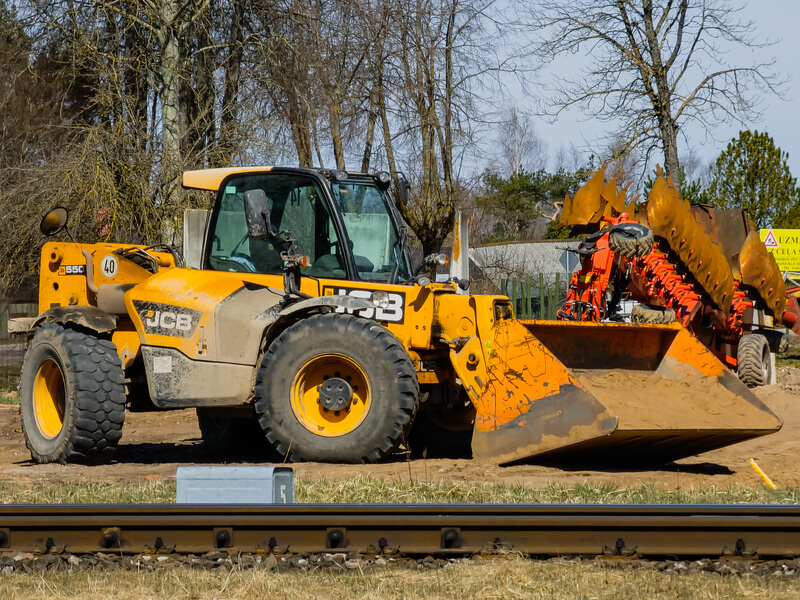
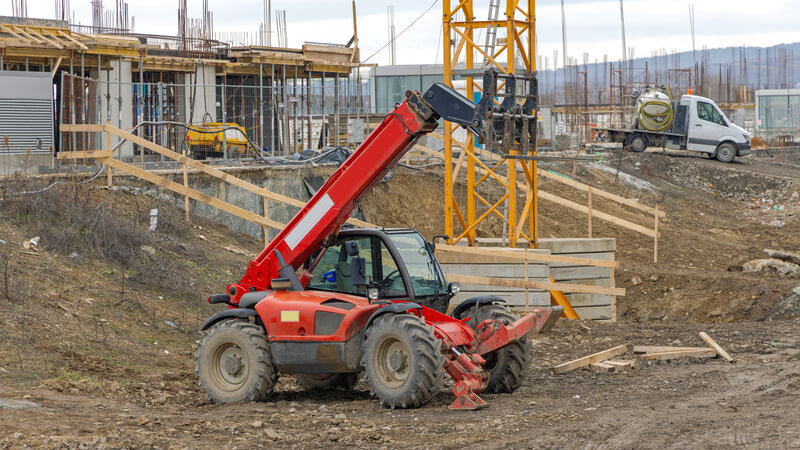
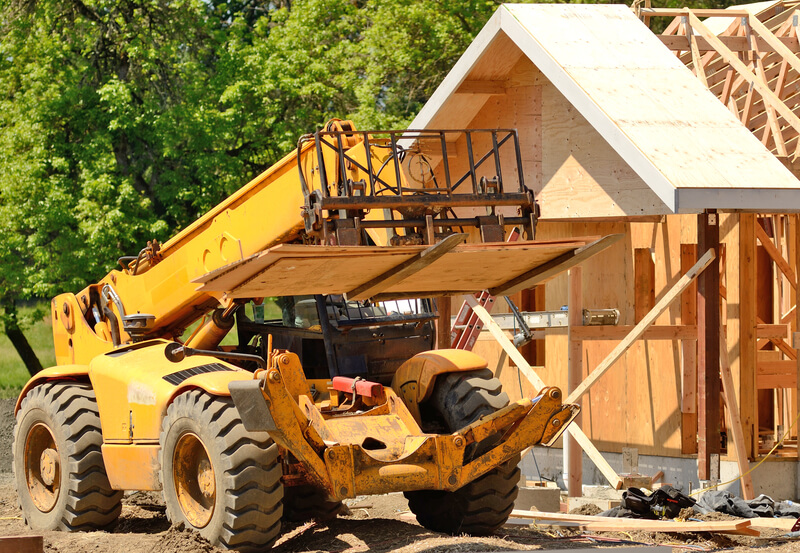
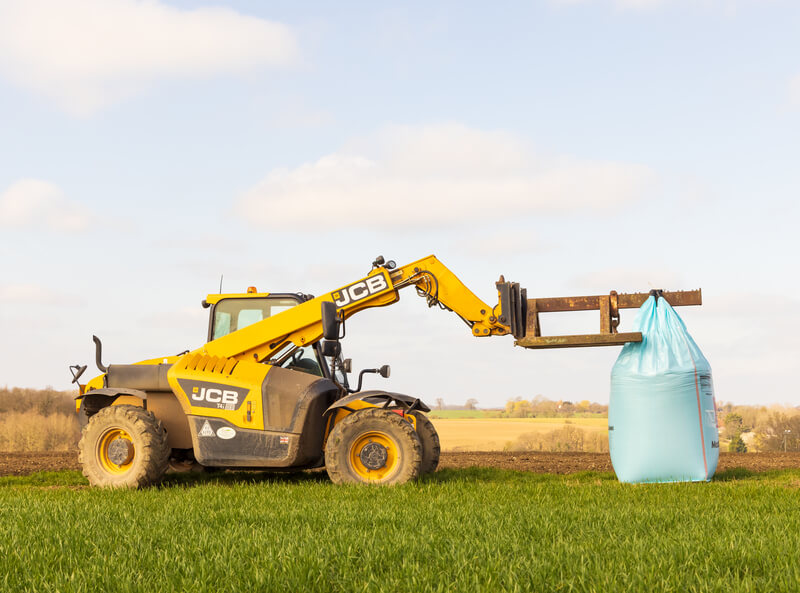
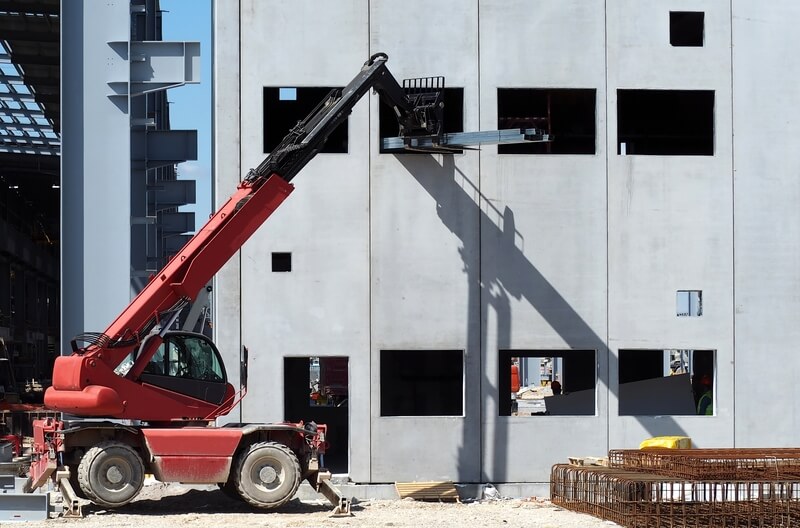
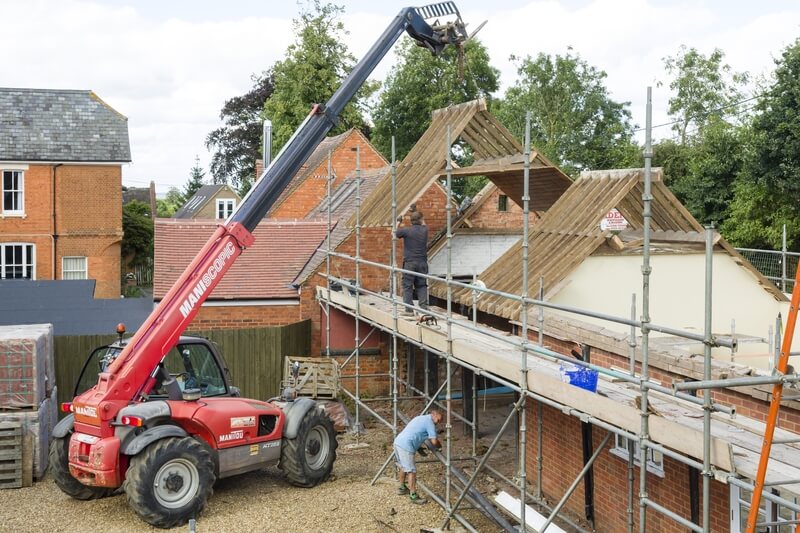
We Aim To Reply To All Enquiries With-in 24-Hours